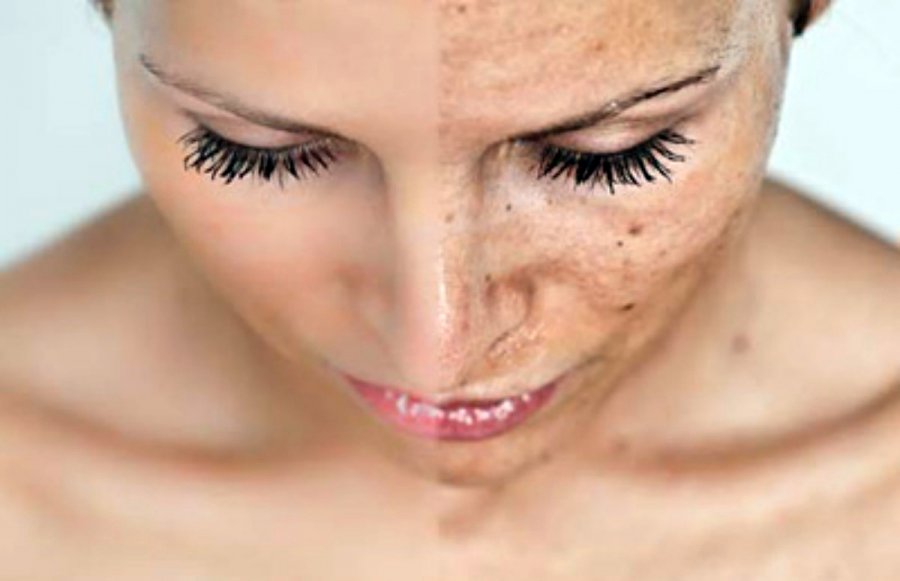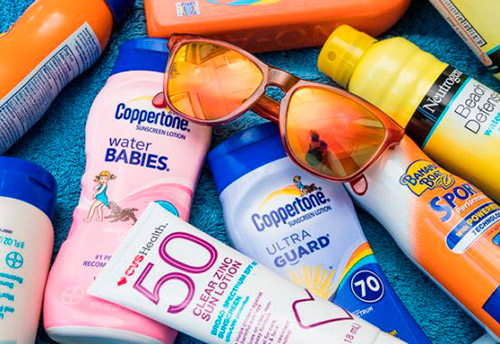Cosmetology
Age spots and the causes of pigmentation
Before you fight, you need to find out the cause of the stains. There may be several of them: the influence of sunlight, changes in the hormonal background of the body, as well as microtrauma.
Yes, the sun is a source of joy and warmth, strength and energy. When spring comes and the warm rays of the sun warm the earth, we are all happy, our mood improves. Why is this so? It turns out that under the influence of ultraviolet radiation in our body, serotonin, the "hormone of happiness", is intensively produced. It turns out that the sun is a cure for depression. It also promotes the synthesis of vitamin D and strengthens the immune system. In addition, under the influence of sunlight in the body, the vital processes of the cellular elements of our skin are enhanced. That is, the sun's rays are useful? Yes, but in moderation.
Otherwise, there will be a negative effect of the sun on the skin, which contributes to its premature wilting. So skin imperfections such as freckles and other minor imperfections should not be masked with a tan. The sun's rays of alpha and beta type are responsible for tanning. Alpha rays affect the deeper layers of the skin. With their help, the content of collagen and elastin decreases, dehydration occurs and, ultimately, wrinkles appear. And besides this, there is another danger - it is these rays that cause a terrible disease - skin cancer. Beta rays act on the surface layers of the skin - they cause pigmentation, and sometimes burns.
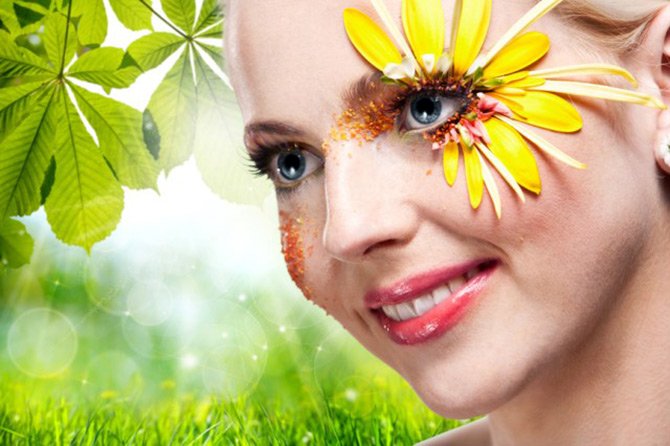
So why is this happening?
Someone wants to have light skin, while someone burns themselves in the sun or in a solarium in order to be dark or even very dark throughout the year.
But, one way or another, cosmetologists increasingly have to deal with the problem of skin pigmentation.
Each of us has a different skin color, which is determined by factors such as the amount and distribution of pigments, the thickness of the stratum corneum and epidermis, the location and number of blood vessels, and skin relief. Skin pigments are hemoglobin, carotenoids and melanin. Here we will talk about him now, because pigmentation disorders, although they are of a different nature, but most often in cosmetology practice, it becomes necessary to influence melanin.
Melanin is located deep in the dermis and shines through the epidermis. He then gives the skin color. The cells responsible for the production of melanin are called melanocytes. The intensity of pigmentation depends on these cells, on their number and activity. Melanocytes produce pigment granules that are distributed inside the cell. In black people, melanocytes are more active and produce large granules that are evenly distributed within the cell.
In white-skinned people, melanin granules are smaller and distributed in the cell in separate groups. All people have different activity of melanocytes, and in the same person, individual groups of melanocytes differ in their activity. And since different groups of melanocytes react differently, hence what we call pigmentation or freckles. The ability to sunbathe is different for everyone and this is a consequence of the different activity of melanocytes. Pigmented spots appear on the skin as a result of abnormalities in the production of melanin. As a result of exposure to UV radiation, an increase in the synthesis of melanin occurs. This is how a tan appears, and not only a tan, but also pigmentation, as a result of the self-protection of the skin.
Melanocytes react not only to UV radiation, melanin synthesis can also increase in cases where there is some kind of inflammation or mechanical irritation - rubbing, trauma, with a number of infections and even parasitic diseases.
Skin cells sometimes perceive a number of cosmetic procedures as external aggression, for example, peels, plastic surgeries, etc.And this aggression is accompanied by darkening of the skin. But pigmentation is also influenced by female sex hormones - estrogens. Therefore, hyperpigmentation (excessive pigment deposition) may occur during pregnancy when taking various hormonal agents. There are a number of other diseases that affect pigmentation. And here it is already the doctor's business. Hyperpigmentation of the skin is a cutaneous manifestation of a disease of the internal organs. Sometimes it is pregnancy, dysfunction of the adrenal glands or gonads, metabolic disorders, vitamin balance, etc.
Brown spots (chloasma or melasma) that appear during pregnancy, as well as when using hormonal contraceptives, usually disappear - in the first case - after childbirth, and in the second - when switching to other methods of contraception.
As for freckles, their appearance is due to the genetic characteristics of melanogenesis, and they cannot be eliminated once and for all. An important prerequisite in the fight against freckles is the use of UV filters, wide-brimmed hats and of course, reducing sun exposure.
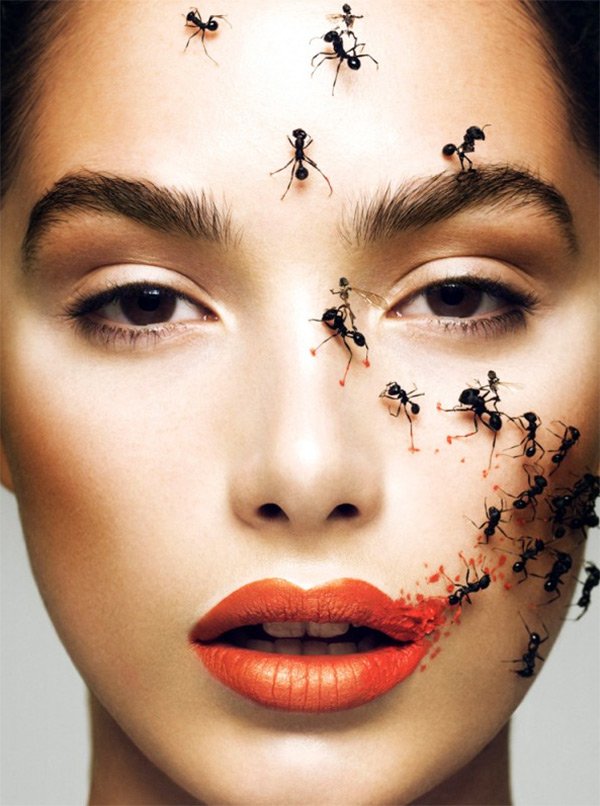
Brown spots are lentigo. Here, both hyperpigmentation and thickening of the stratum corneum (keratosis) occur. One of the reasons is damage to the skin by UV radiation, the second is age-related, which appears in old age.
Melanin is not only produced by exposure to sunlight. Physical stimulation can also activate melanocytes. Pigmentation after trauma that appears on the areas of the skin that have been traumatized. Pigmentation occurs at the site of the inflammatory process (a consequence of acne disease), complications after cosmetic procedures (laser skin resurfacing, peels, hair removal, dermabrasion, subcutaneous injections, facial cleansing for acne, the introduction of implantable materials, plastic surgery, etc.).
Yes, unfortunately, those procedures that promise to improve our skin are sometimes perceived by it as aggression, against which the skin is protected by increased production of melanin. Usually, cosmetologists conducting such procedures warn to use sunscreen before going outside. Before cosmetic procedures, beauticians recommend the use of antioxidants, UV filters and agents that suppress the synthesis of melanin.
After the procedures, you must also continue to use UV protection and never sunbathe. If procedures were used that reduce the thickness of the epidermis, the cosmetologist should recommend drugs that accelerate the restoration of the skin and protect it from damaging factors. Pigmentation at the site of the inflammatory process can go away spontaneously, but more often you have to use other cosmetic procedures to whiten the skin.
If you are taking any medications, you should consult your doctor and find out how much they increase the sensitivity of your skin to the sun. In addition, be aware that St. John's wort extract, herbs such as dill, celery, etc., essential oils of bergamot and all citrus fruits are photosensitizers, that is, they increase the skin's sensitivity to UV radiation.
All skin improvement treatments increase the risk of pigmentation, especially in spring.
And so, the risk of hyperpigmentation in all of these cases is associated with UV radiation. Therefore, the first thing you should think about is how or what to protect yourself from the sun? If pigmentation is still there, and all its signs are on the face - how to whiten skin? All these and other questions mystyle.decorexpro.com/en/ will try to answer.
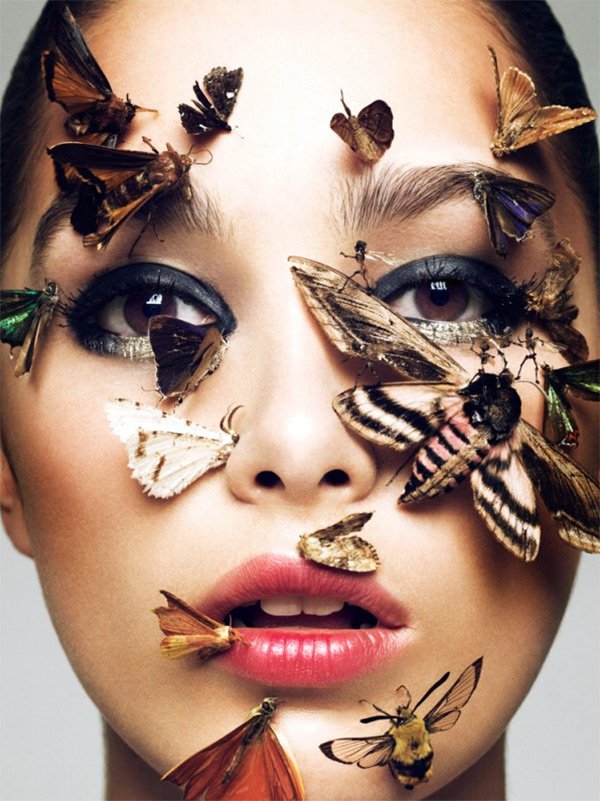
Comments and Reviews
Add a comment
Rating news
Shades of clothing that make women look younger
What shades of hair make women younger: rules and photos
Funny wedding dresses - photos and ideas
12 most expensive down jackets for the winter
How to look 25 at 40: tips from supermodels
Beautiful schoolgirls
Anti-aging haircuts and hairstyles for women
Fashionable skirts for autumn and winter
Fashionable women's trousers for the cold season
Fashionable and stylish sandals for summer 2024
Spring-summer 2024
 Fashionable dresses and tops with thin spaghetti straps
Fashionable dresses and tops with thin spaghetti straps
 Bandana tops: how to wear stylishly and beautifully
Bandana tops: how to wear stylishly and beautifully
 How to put together the perfect men's wardrobe for the summer
How to put together the perfect men's wardrobe for the summer
 Fashionable shorts for spring-summer 2024
Fashionable shorts for spring-summer 2024
 Fashionable skirts for spring-summer 2024: a guide to online shopping
Fashionable skirts for spring-summer 2024: a guide to online shopping
 The most fashionable dresses spring-summer 2024: styles and colors
The most fashionable dresses spring-summer 2024: styles and colors
 Fashionable total look 2024: ideas of images and trends
Fashionable total look 2024: ideas of images and trends

